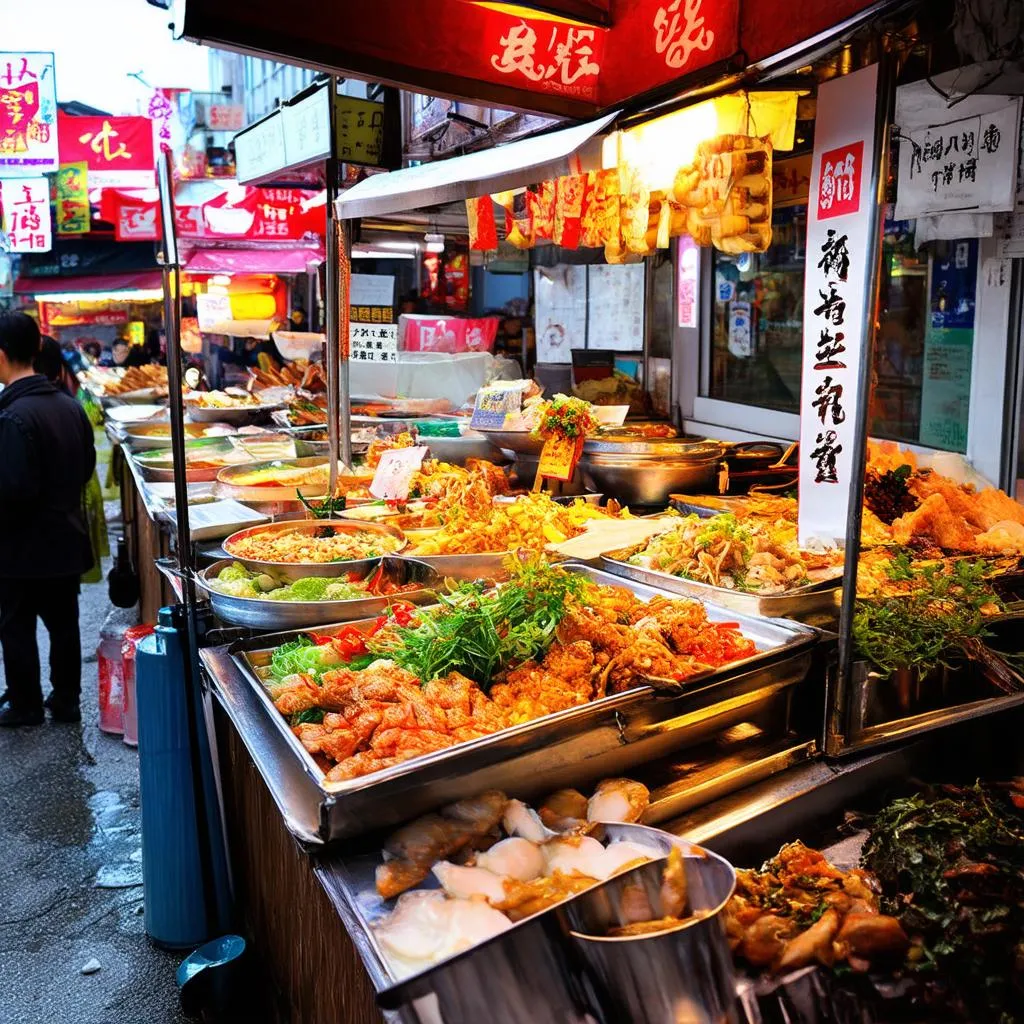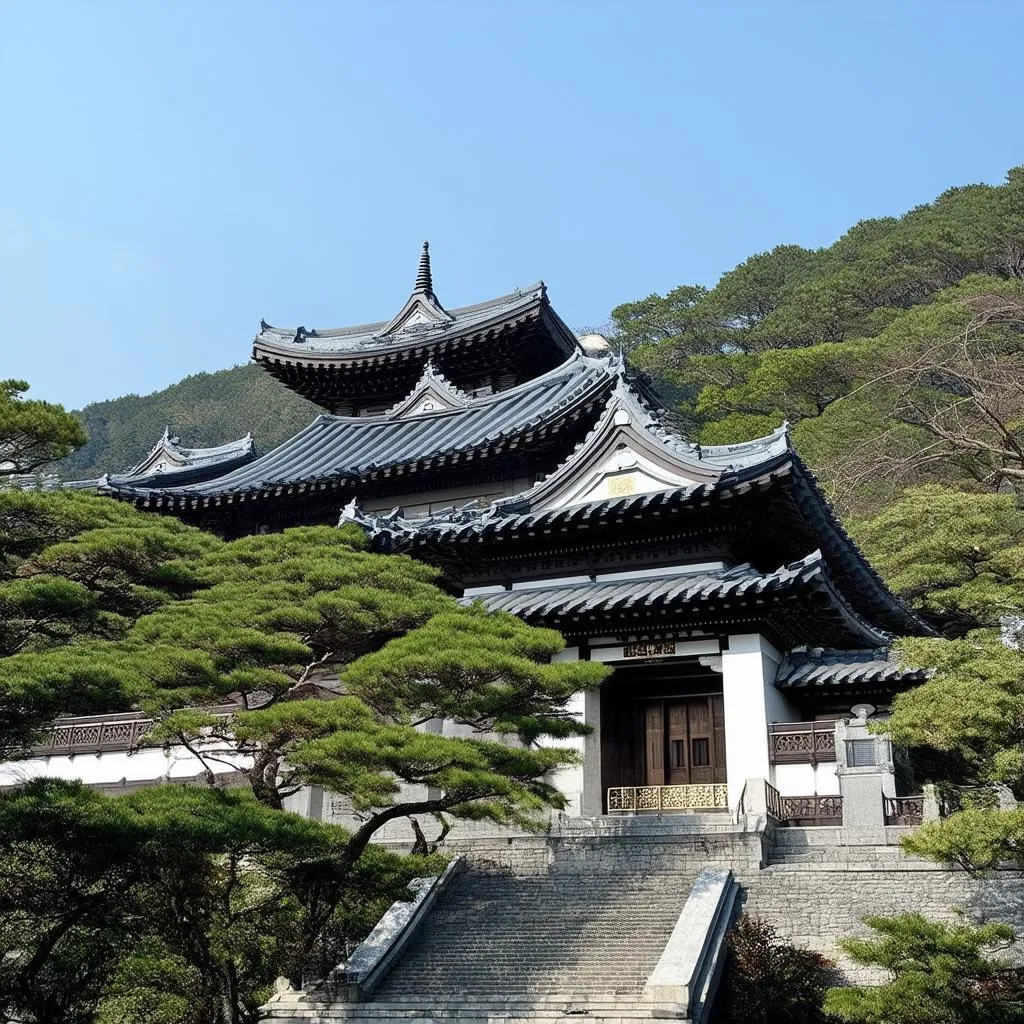Have you ever dreamed of exploring the bustling streets of Seoul, getting lost in the historical beauty of Gyeongju, or indulging in delicious Korean BBQ with locals? Imagine yourself confidently navigating the vibrant culture of South Korea, not as a lost tourist, but as a traveler who can connect with the heart of the country through language. This comprehensive guide will equip you with essential Korean phrases and cultural insights to make your South Korean adventure unforgettable.
Why Learn Basic Korean for Travel?
While many Koreans, especially in tourist areas, may speak some English, knowing even a few basic Korean phrases can significantly enhance your travel experience.
- Connect on a Deeper Level: Locals will appreciate your effort, leading to more authentic interactions and perhaps even new friendships.
- Navigate with Ease: Ordering food, asking for directions, and bargaining at markets become much smoother.
- Cultural Insight: Learning a language opens a window into a culture’s soul, helping you understand Korean customs and traditions better.
Essential Korean Phrases for Every Traveler
Here’s a handy cheat sheet of basic Korean phrases with romanized pronunciations to get you started:
Greetings and Essentials
- Hello: 안녕하세요 (Annyeonghaseyo)
- Thank you: 감사합니다 (Kamsahamnida)
- Please: 주세요 (Juseyo)
- Yes: 네 (Ne) / 예 (Ye)
- No: 아니요 (Aniyo)
- Excuse me: 실례합니다 (Sillyehamnida)
- I’m sorry: 죄송합니다 (Joesonghamnida)
- Goodbye (staying): 안녕히 계세요 (Annyeonghi gyeseyo)
- Goodbye (leaving): 안녕히 가세요 (Annyeonghi gaseyo)
Getting Around
- Where is the…? …어디예요? (…eodiyeyo?)
- bathroom: 화장실 (hwajangsil)
- subway station: 지하철역 (jihacheolyeok)
- bus stop: 버스 정류장 (beoseu jeongryu jang)
- How much does this cost? 이거 얼마예요? (igeo eolmayeyo?)
Dining and Shopping
- I want this: 이거 주세요 (igeo juseyo)
- The bill, please: 계산해 주세요 (Gyesanhae juseyo)
- Delicious! 맛있어요! (Masisseoyo!)
- Too expensive: 너무 비싸요 (Neomu bissayo)
 Korean Street Food
Korean Street Food
Cultural Tips for Respectful Communication
- Bowing: Bowing is the traditional Korean greeting, showing respect and gratitude. A slight bow of the head is appropriate for casual encounters, while a deeper bow is reserved for elders or formal situations.
- Formal vs. Informal Speech: Korean has different levels of formality in language. Using the informal form with strangers or elders is considered disrespectful. Stick to the formal forms (like those listed above) unless invited to speak informally.
- Table Manners: It’s considered rude to start eating before elders at the table. Wait for them to begin or for a signal to start. Also, avoid leaving your chopsticks sticking upright in your rice bowl, as this resembles a funeral rite.
Beyond Phrases: Immersing Yourself in Korean Culture
While mastering basic phrases is a great start, consider these additional tips to further enhance your language learning and cultural immersion:
- Language Learning Apps: Utilize language learning apps like Duolingo, Memrise, or Babbel for bite-sized Korean lessons on the go.
- Korean Dramas and Music: Immerse yourself in Korean culture by watching popular Korean dramas (K-dramas) and listening to K-pop. You’ll pick up everyday language and slang organically.
- Local Tours: Opt for tours led by local guides who can provide insightful cultural commentary and language tips.
- Connect with Koreans: Consider joining language exchange groups or seeking out opportunities to converse with Korean speakers online or in your local community.
Frequently Asked Questions About Communicating in South Korea:
Q: Do I need to learn the Korean alphabet (Hangeul)?
While it’s not essential for basic communication, learning Hangeul can significantly enhance your travel experience. It allows you to read signs, menus, and maps, giving you a sense of independence and making navigating less daunting.
Q: What about dialects? Will people understand me everywhere in South Korea?
While there are regional dialects, standard Korean (taught in textbooks and used in media) is widely understood throughout the country.
 Traditional Korean Temple
Traditional Korean Temple
Travelcar.edu.vn: Your Gateway to Korean Adventures
Are you ready to put your newfound Korean language skills into practice? Explore the enchanting world of South Korea with TRAVELCAR.edu.vn. Discover hidden gems and iconic landmarks like the majestic Gyeongbokgung Palace in Seoul, the colorful Gamcheon Culture Village in Busan, or the peaceful Seoraksan National Park.
Our expert travel guides, enriched with local insights and practical information, will ensure you have a seamless and enriching travel experience.
Embrace the Journey, Embrace the Language
Learning a few basic Korean phrases is more than just a way to get by; it’s a gesture of respect and a key to unlocking a richer, more immersive travel experience. Don’t be afraid to practice your Korean, even if it’s just a simple “Annyeonghaseyo!” The warmth and appreciation you’ll receive in return will make all the effort worthwhile. Start your Korean language journey today and prepare to be amazed by the wonders of South Korea!
